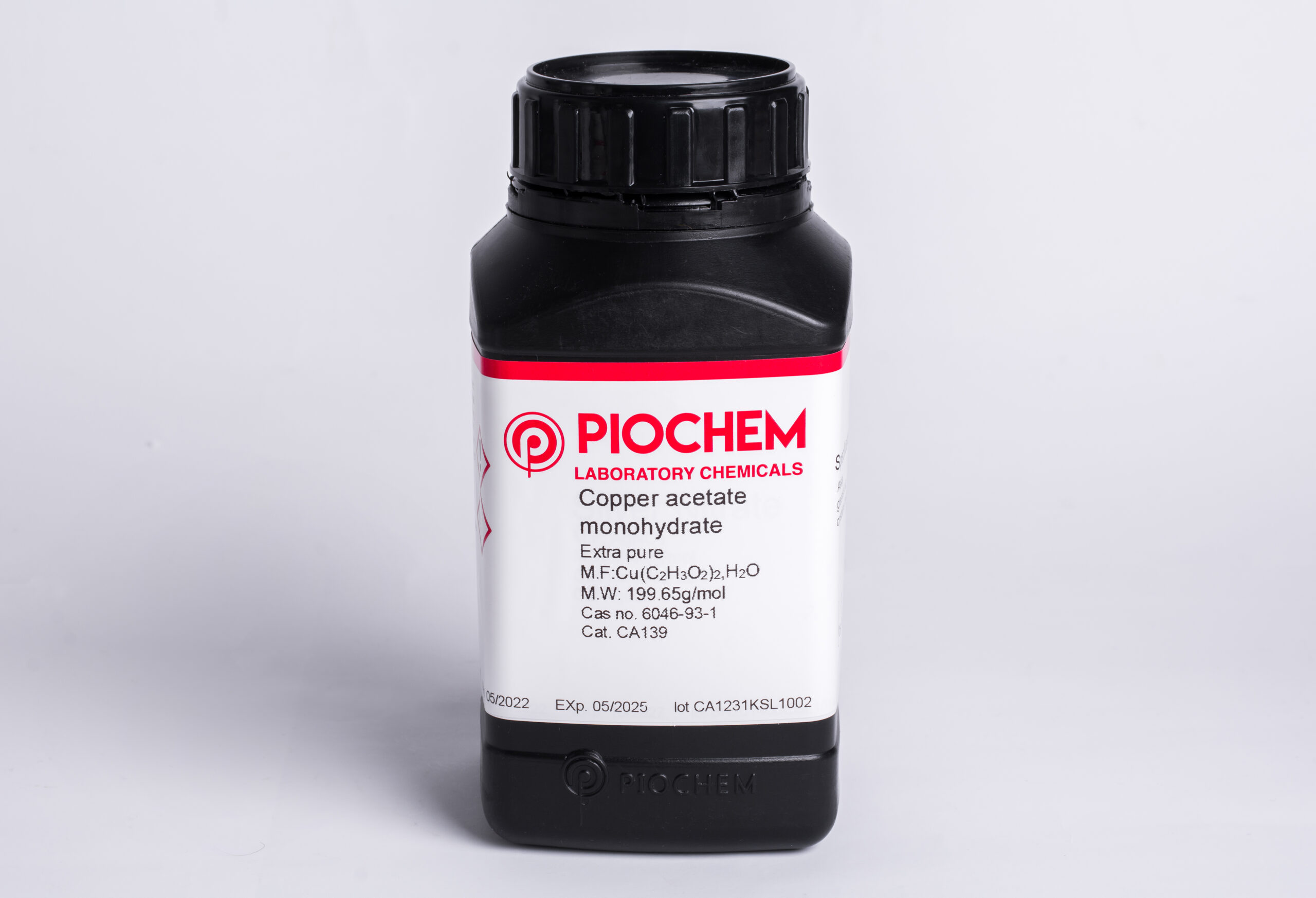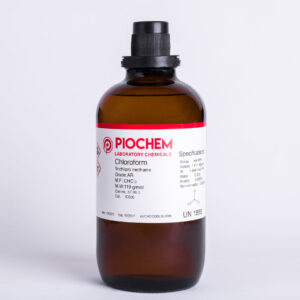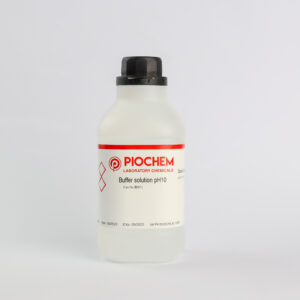Copper acetate is a chemical compound with the formula Cu(CH3COO)2. It exists in various forms, including basic copper acetate (Cu(CH3COO)2·Cu(OH)2) and several hydrates. Here’s an overview of copper acetate, including its properties, uses, and safety information.
Properties of Copper Acetate
- Chemical Formula: Cu(CH3COO)2
- Molar Mass: Approximately 181.63 g/mol (anhydrous)
- Appearance: Depending on the form, it can range from green crystals to green powder.
- Solubility: Soluble in water, alcohol, and glycerol.
- Density: Varies with the form, typically around 1.88 g/cm³ for anhydrous copper acetate.
Applications and Uses
- Chemical Synthesis: Used as a catalyst in various organic reactions.
- Electroplating: Utilized in electroplating processes to deposit copper coatings.
- Dyeing: Used in textile dyeing as a mordant to fix dyes to fabrics.
- Preservative: Applied in wood preservation treatments.
- Biocidal Agent: Used in agricultural settings as a fungicide and pesticide.
Safety and Handling
- Hazards: Copper acetate is toxic if ingested and can cause skin and eye irritation upon contact. It should be handled with care to avoid ingestion, inhalation of dust, and direct skin and eye contact.
- First Aid Measures:
- Ingestion: Rinse mouth and drink plenty of water. Seek medical attention immediately.
- Skin Contact: Remove contaminated clothing. Wash affected area with soap and water. Seek medical advice if irritation persists.
- Eye Contact: Rinse eyes thoroughly with water for at least 15 minutes. Seek medical attention.
- Inhalation: Move to fresh air. If breathing difficulties occur, seek medical attention.





Reviews
There are no reviews yet.